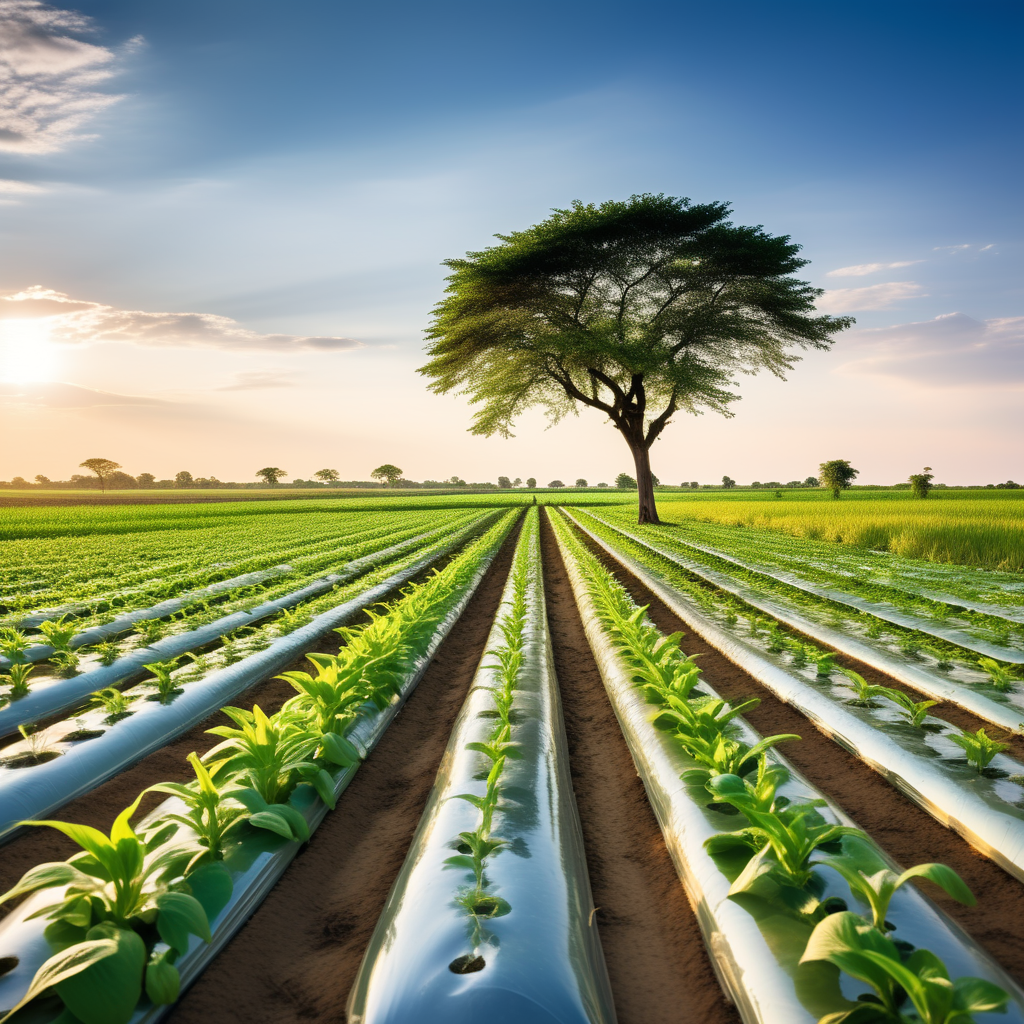Revolution in Food Production: Lab-Grown Meat Feeds Millions
Food, in all its delicious and diverse forms, has been a central part of my life. Growing up in a family of food enthusiasts, we celebrated everything around the dining table. But as I learned more about the environmental impact of traditional meat production, I began to question our food choices. That’s when I stumbled upon the revolutionary concept of lab-grown meat.

A Love for Food
Culinary Adventures
From my grandma’s secret sauce recipes to exploring exotic dishes during my travels, food has always been an adventure. But it wasn’t until I started delving into the world of sustainable eating that I truly understood the power food holds to shape our world.
The Food Revelation
The revelation came one evening while I was savoring a perfectly cooked steak. As I enjoyed each bite, I couldn’t ignore the fact that traditional meat production had a significant ecological footprint, from deforestation to greenhouse gas emissions.
The Challenge of Meat Production
A Growing Problem
Meat consumption has been on the rise, driven by a growing global population and changing dietary habits. This increased demand has led to large-scale factory farming, with all its associated environmental and ethical concerns.
The Environmental Toll
Traditional meat production is a resource-intensive process. It requires vast amounts of water, land, and feed, and it contributes significantly to deforestation and biodiversity loss. Moreover, livestock farming is a major contributor to greenhouse gas emissions.
The Birth of Lab-Grown Meat
A Game-Changer
Lab-grown meat, also known as cultured or cell-based meat, is a game-changer in the world of food production. It offers a sustainable alternative to traditional meat that doesn’t involve raising and slaughtering animals.
How It Works
The process begins with a small sample of animal cells, typically taken painlessly through a biopsy. These cells are then cultured and nurtured in a controlled environment, where they multiply and grow into muscle tissue, just like in a living animal. The result? Meat that’s virtually indistinguishable from conventionally produced meat.
The Benefits of Lab-Grown Meat
Environmental Impact
One of the most significant benefits of lab-grown meat is its reduced environmental impact. It uses fewer resources, produces fewer greenhouse gases, and eliminates the need for large-scale deforestation. It’s a more sustainable way to meet the world’s growing demand for meat.
Ethical Considerations
Lab-grown meat also addresses ethical concerns related to animal welfare. It eliminates the need for raising and slaughtering animals, which is a major step towards a more humane food production system.
The Path to Mass Adoption
Challenges Ahead
While lab-grown meat holds immense promise, there are challenges to overcome. Scaling up production, reducing costs, and gaining regulatory approval are all necessary steps for widespread adoption.
Consumer Acceptance
Perhaps the biggest hurdle is consumer acceptance. People have strong attachments to traditional meat, and the idea of lab-grown alternatives can be met with skepticism. However, as the technology advances and becomes more accessible, it’s likely that perceptions will change.
The Future of Food
A Delicious Transition
As someone who cherishes the joy of food, I believe lab-grown meat offers a delicious transition towards a more sustainable and ethical food future. It allows us to enjoy the flavors and textures we love while reducing our impact on the planet.
A Call to Action
The food choices we make have a profound impact on our world. Whether it’s choosing plant-based options, supporting sustainable agriculture, or embracing lab-grown meat, each decision counts. It’s a reminder that we have the power to shape the future of food.
In conclusion, the revolution in food production through lab-grown meat is a beacon of hope for a more sustainable and ethical food industry. While it may take time for this innovative approach to become mainstream, its potential to feed millions while mitigating the environmental impact of meat production is undeniable.
As we sit down at the dining table, let’s savor not only the flavors but also the knowledge that our choices can make a difference. It’s a future where food is not just a source of pleasure but also a force for positive change.





